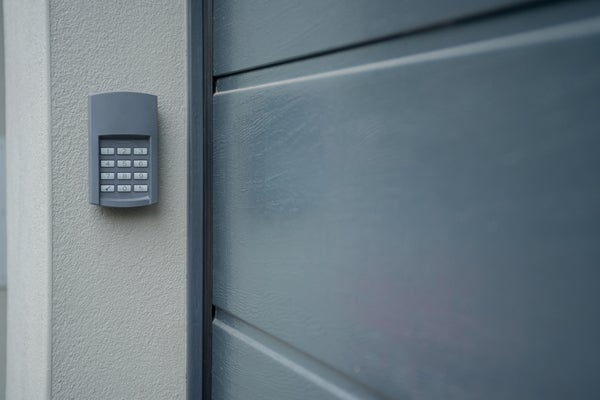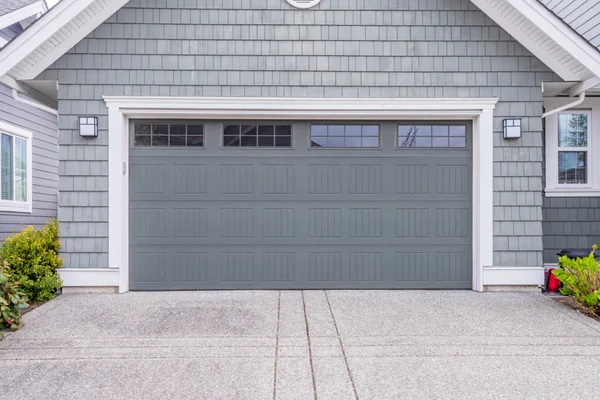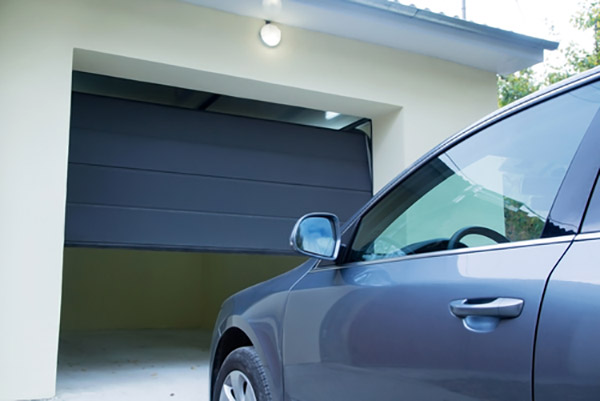Garage Door Opener Not Working - What Next?
A garage door keypad can be super handy. You can leave your house without a garage door opener, yet still feel secure in the knowledge that you’re protecting your home.
The last thing you want to deal with after a long day is a garage door code opener that just won’t work. We’ve all been there. You picked up dinner, and the kids are cranky from school. The only thing you want to do is kick off your shoes, get food on the table, and decompress. You tap in the code to your garage keypad, but instead of the door opening, you get—silence. What to do when your garage door opener is not working?
1. Replace the Battery
It seems like a no-brainer, but it’s one that’s easy to overlook. Before you start fussing around with changing your garage door code or other complicated fixes, try changing the garage door keypad battery. Most models will use either a 9-volt or a 12-volt battery size, which you can usually find at your local hardware store.
If you change the battery and the garage keypad still doesn’t work, then you might need to program your garage door keypad again. You might even need to go so far as clearing the memory and resetting the PIN.
2. Check for Frayed Wiring Inside the Keypad
The most common cause of trouble with garage door keypads is frayed connections inside the remote. If you’re having problems with one or more specific keys, it’s likely that some frayed wiring inside the remote is the culprit.
Open up your garage door keypad and look for frayed wires or loose connections between the wires and the keys. Detach any loose or frayed wires completely and then reattach them to the keys in question. Do this one wire at a time so you don’t get mixed up. Make sure the connections are secure before you put the remote back together. (No need to worry about getting shocked. These wires have very low voltage.)
3. Give the Keypad a Good Cleaning
Sometimes, something as simple as a good scrub is needed. If keys are getting stuck on your remote when you press them, chances are you need to give the remote a thorough cleaning to remove grime, oil, and debris that can gum up the works. Wipe off the outside of your garage door remote with some appliance cleaner on a rag. Carefully clean between the keys.
Next, open up your garage door opener remote and clean the inside. Sweep out dust with a soft brush. If possible, remove the keypad from the remote entirely and clean the whole thing. Take care to put the keys back in their proper position when you reassemble the remote. Take some pictures with your phone before you disassemble the remote so you don’t forget what position the keys were in.
See? A little elbow grease can really come in handy.




